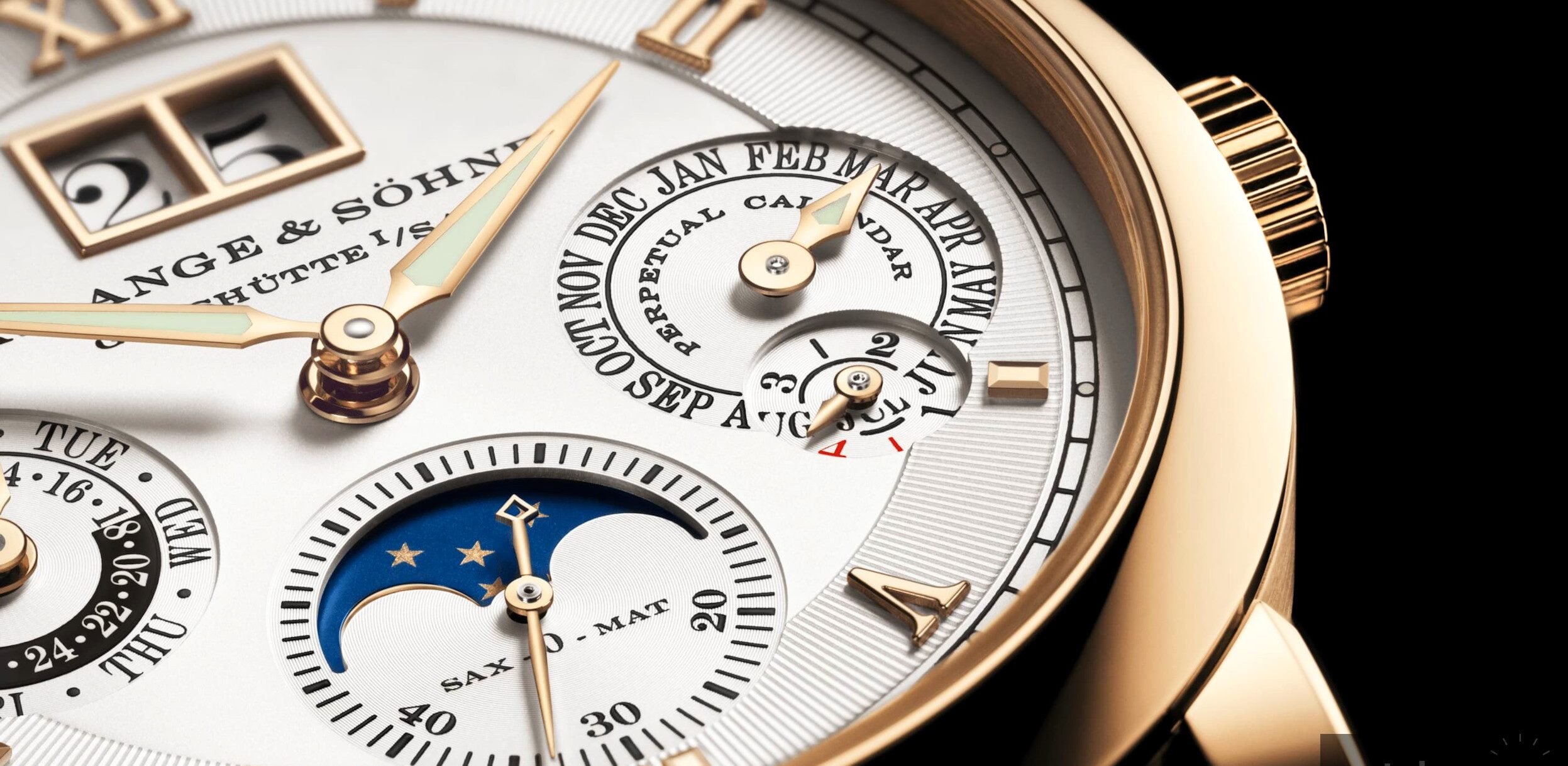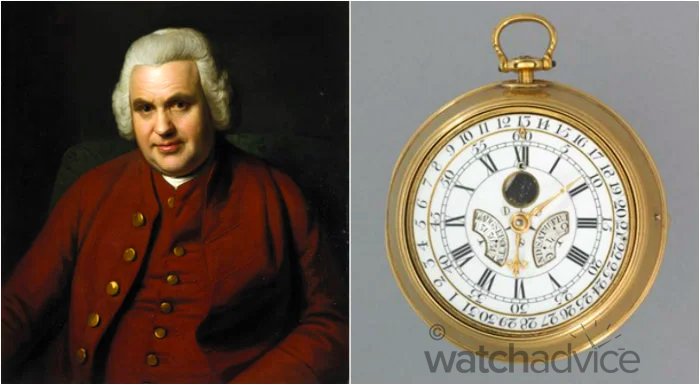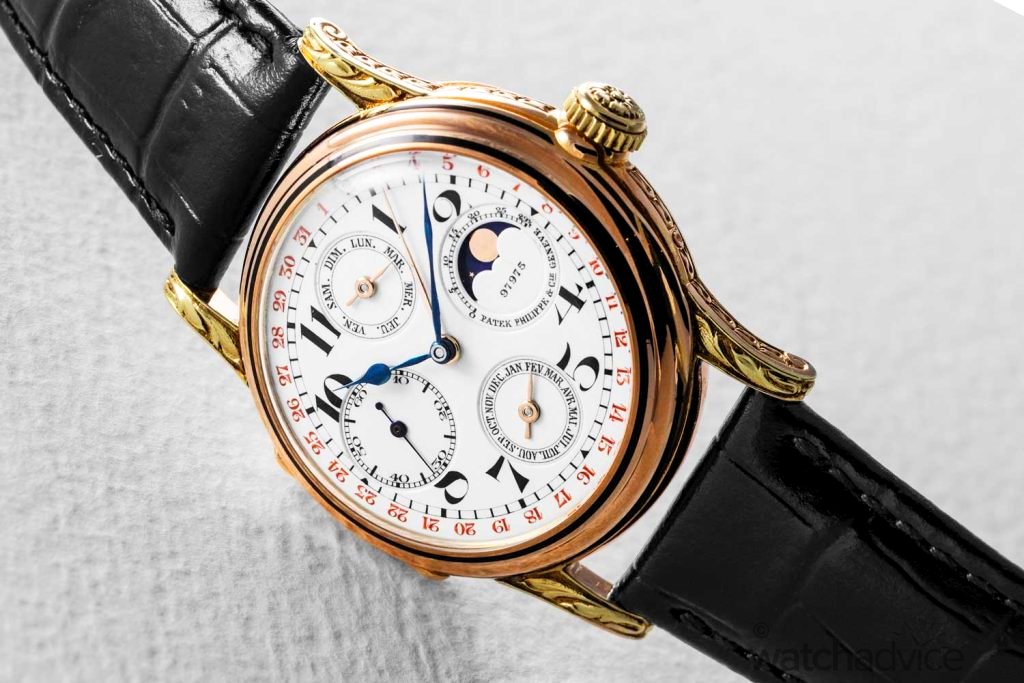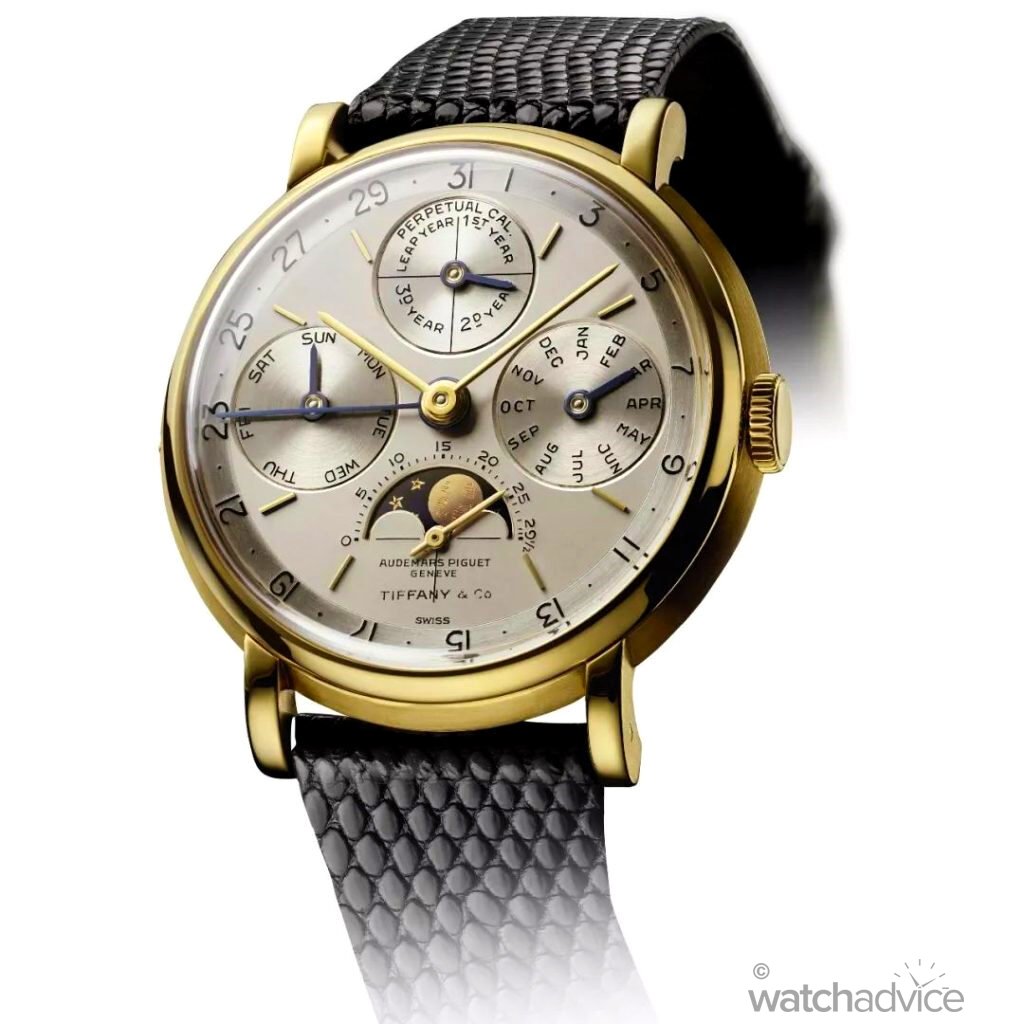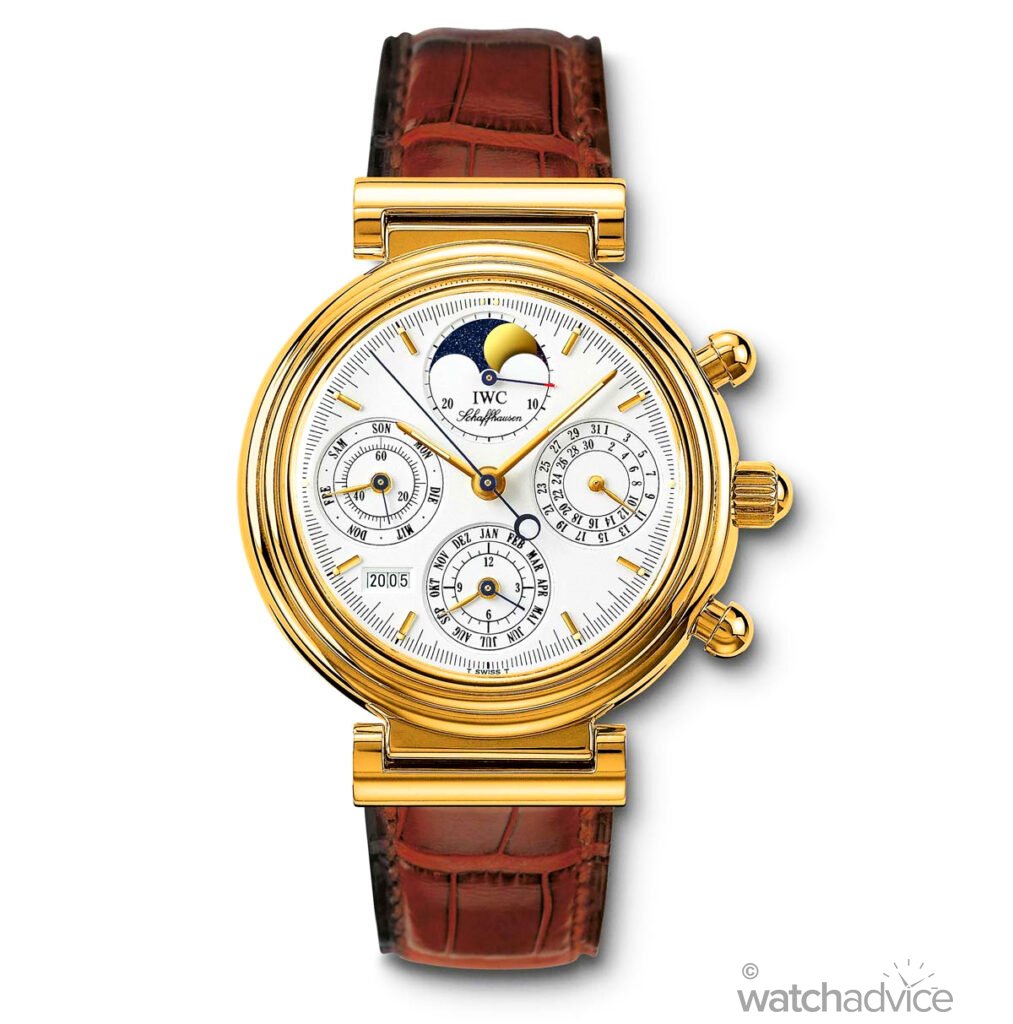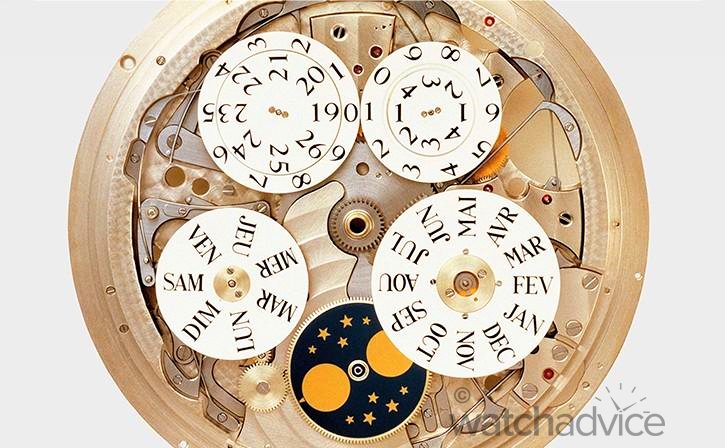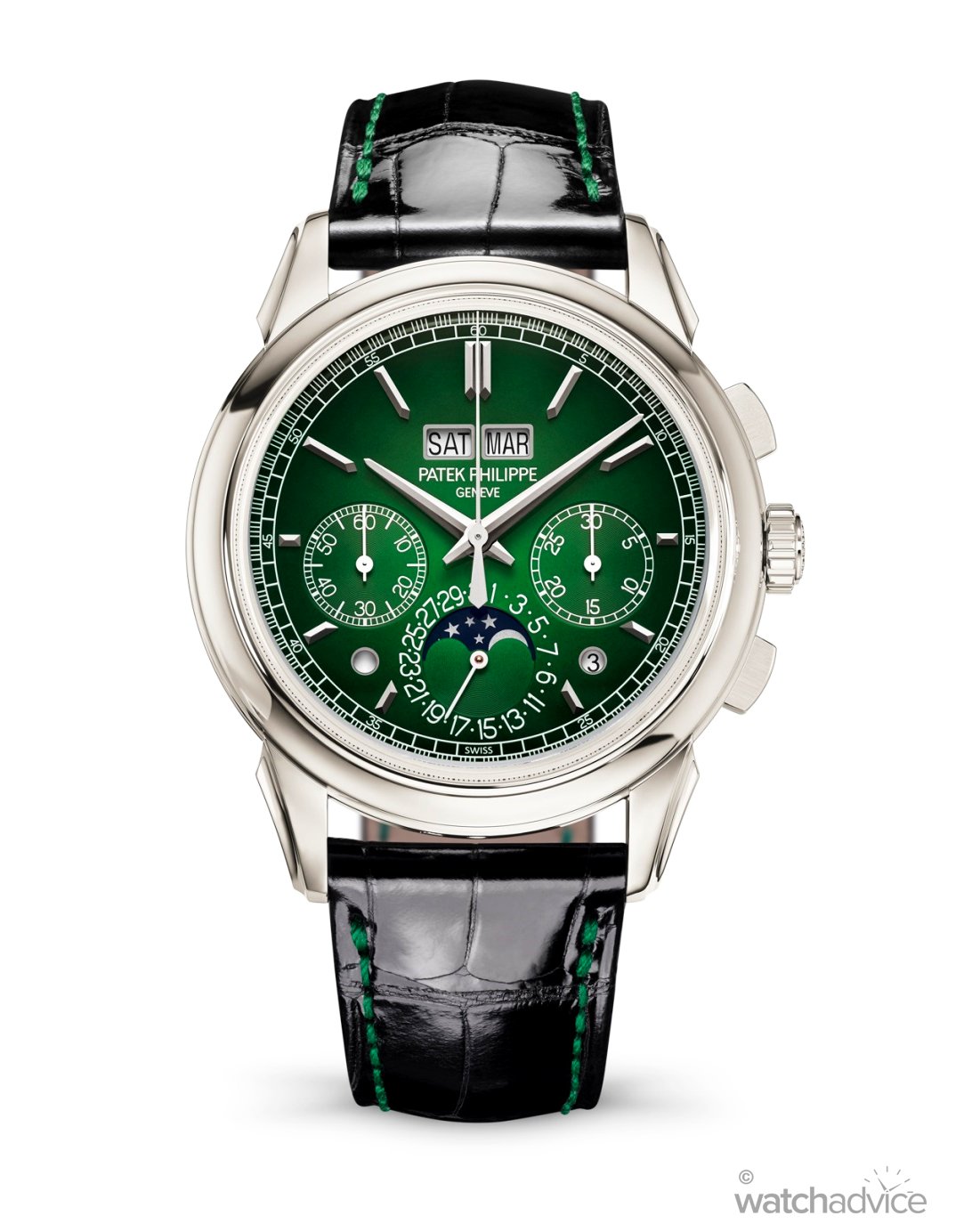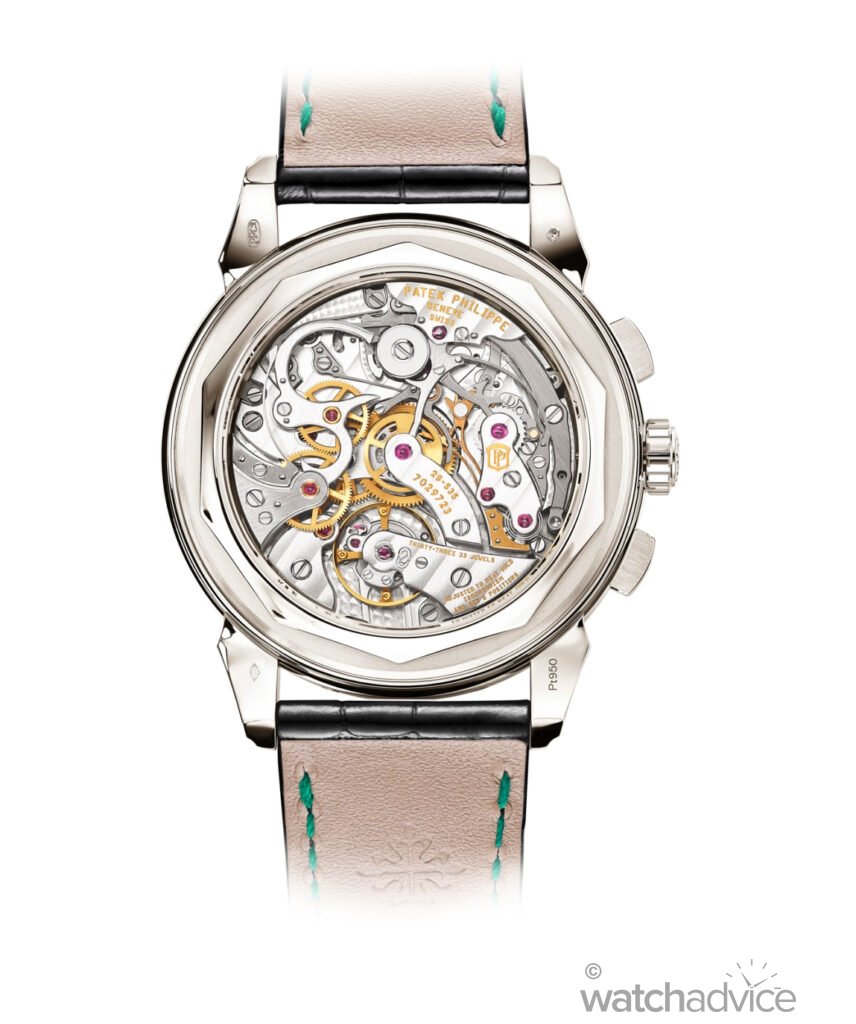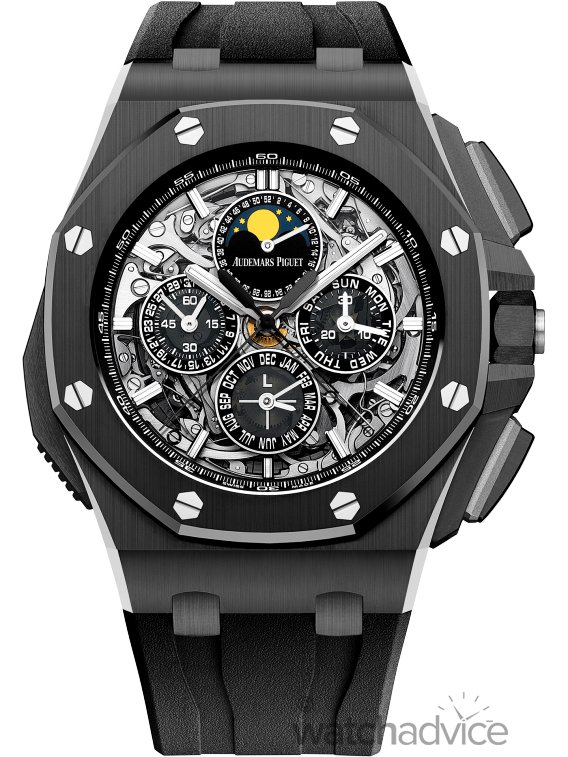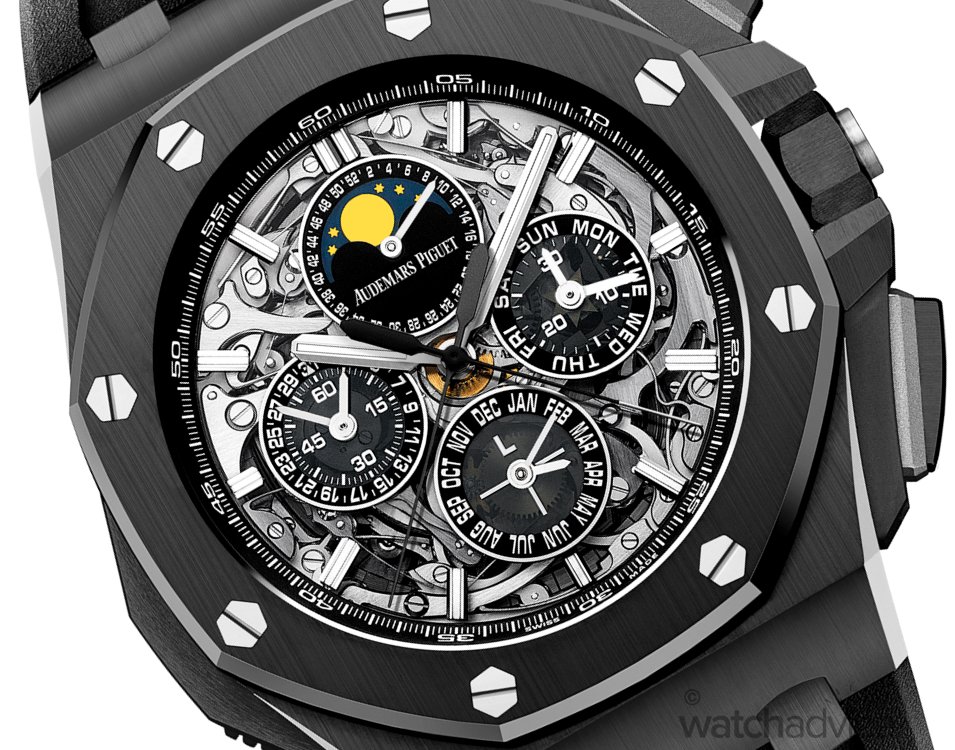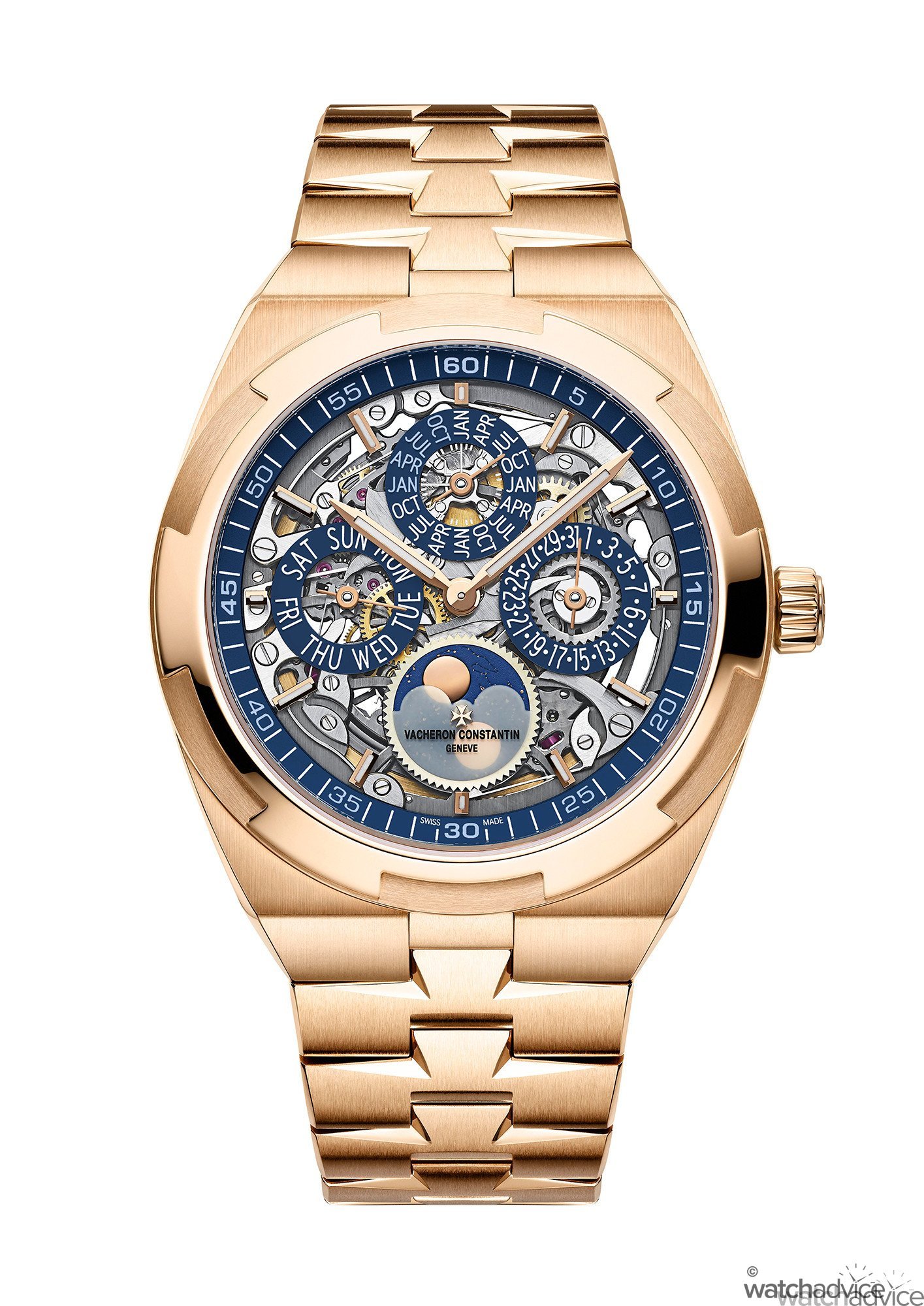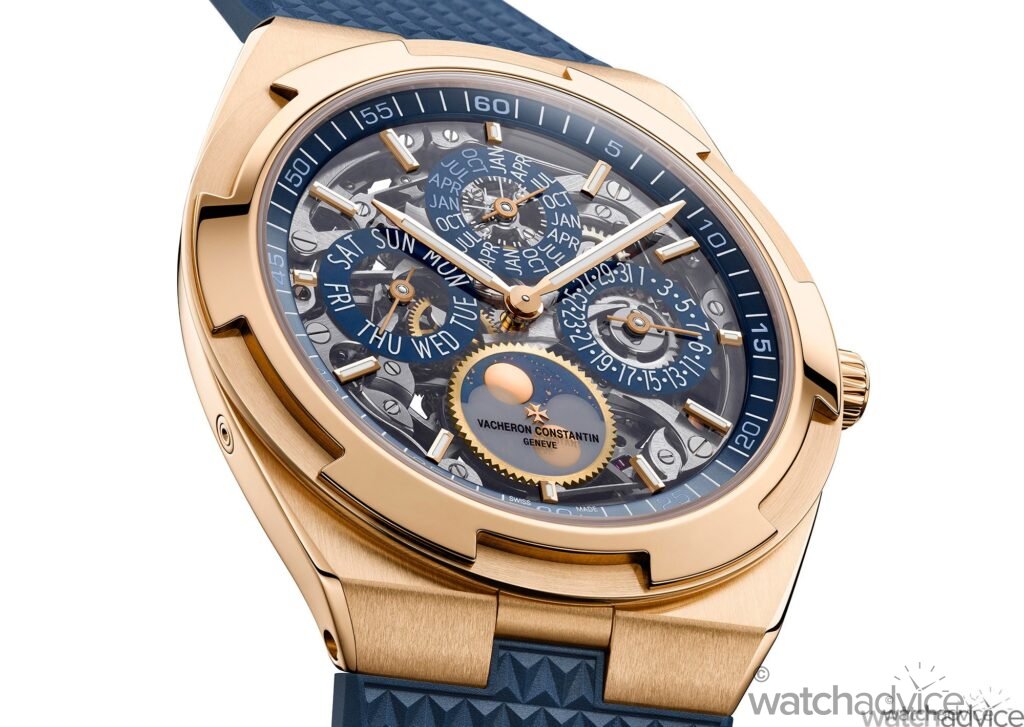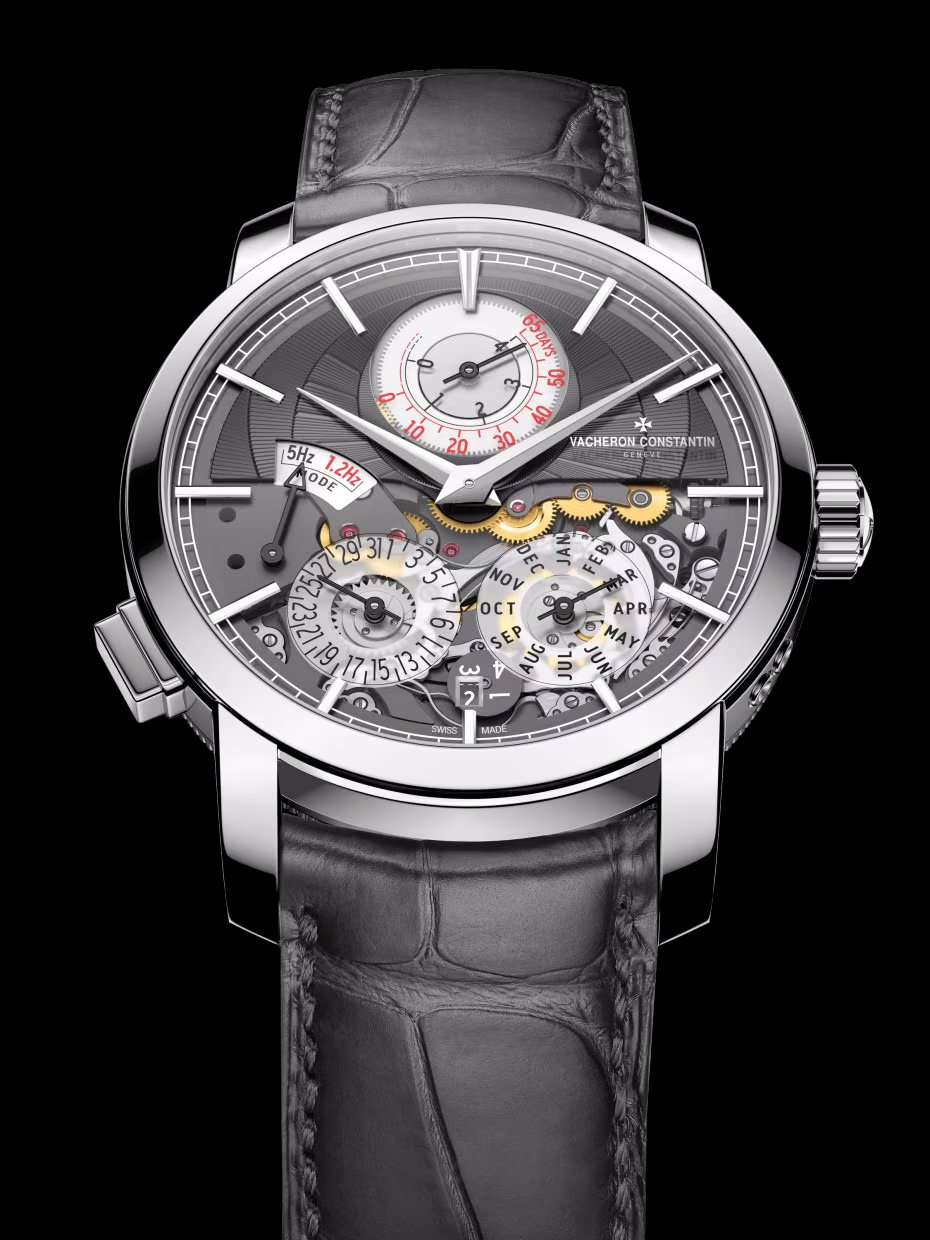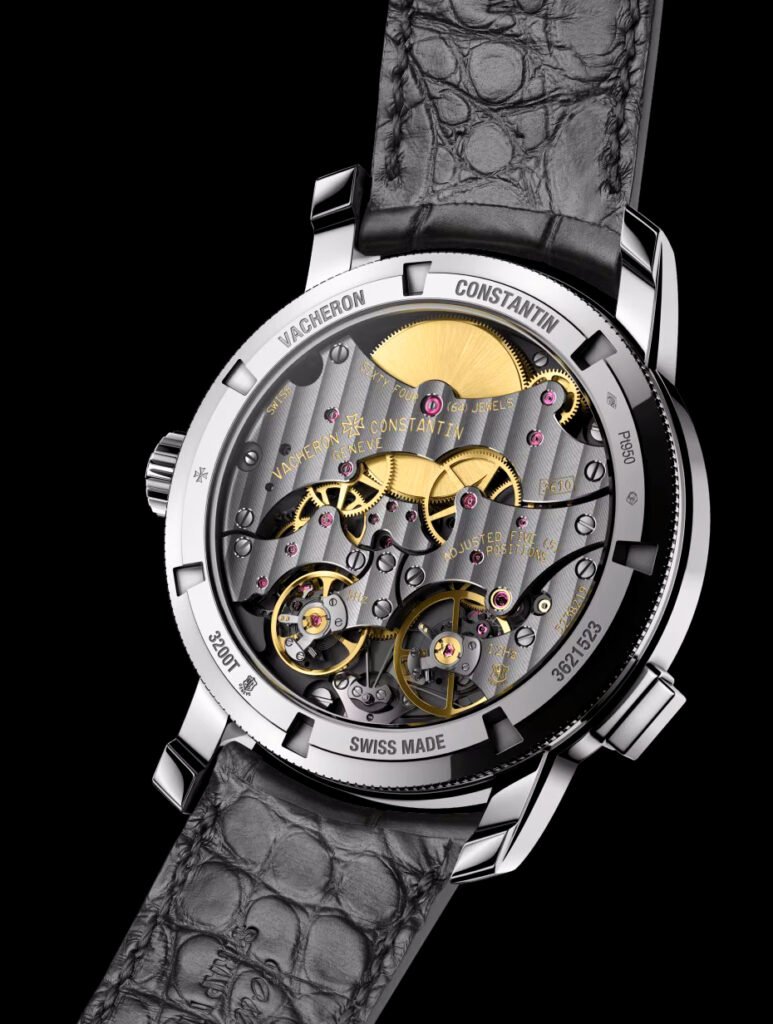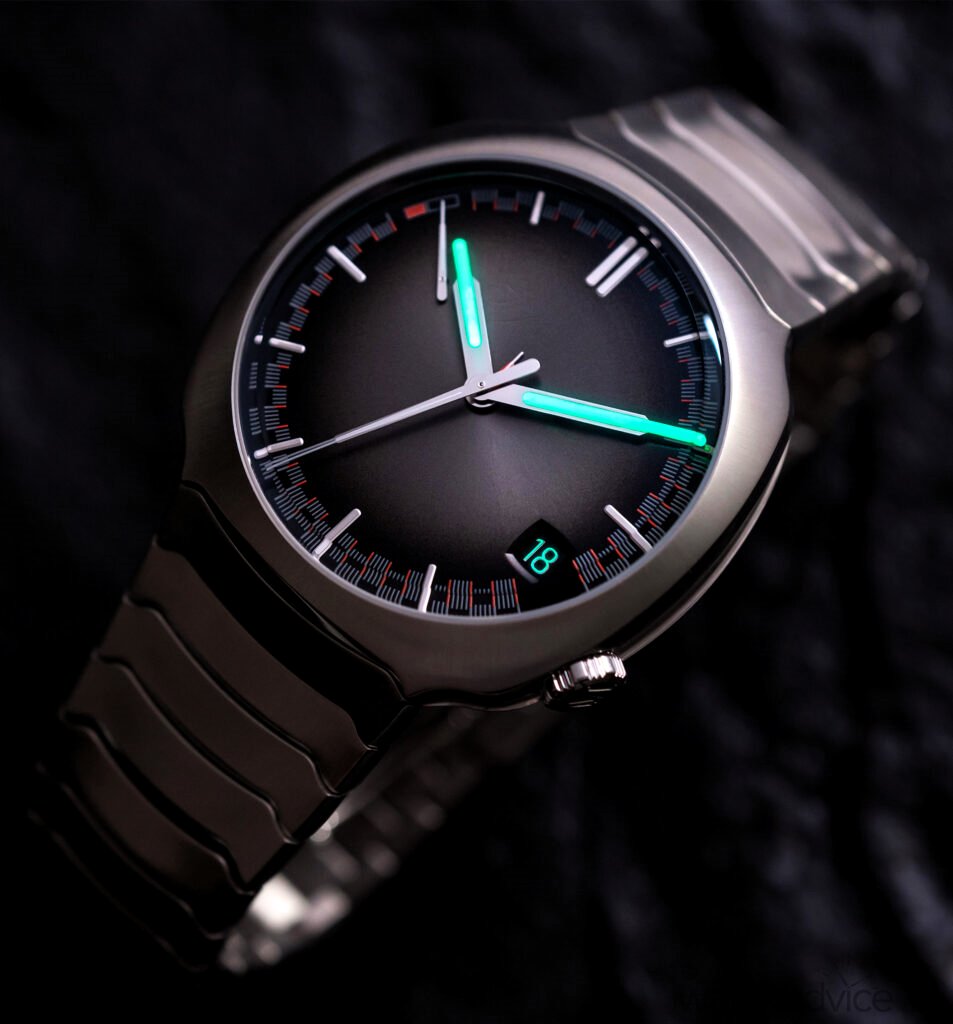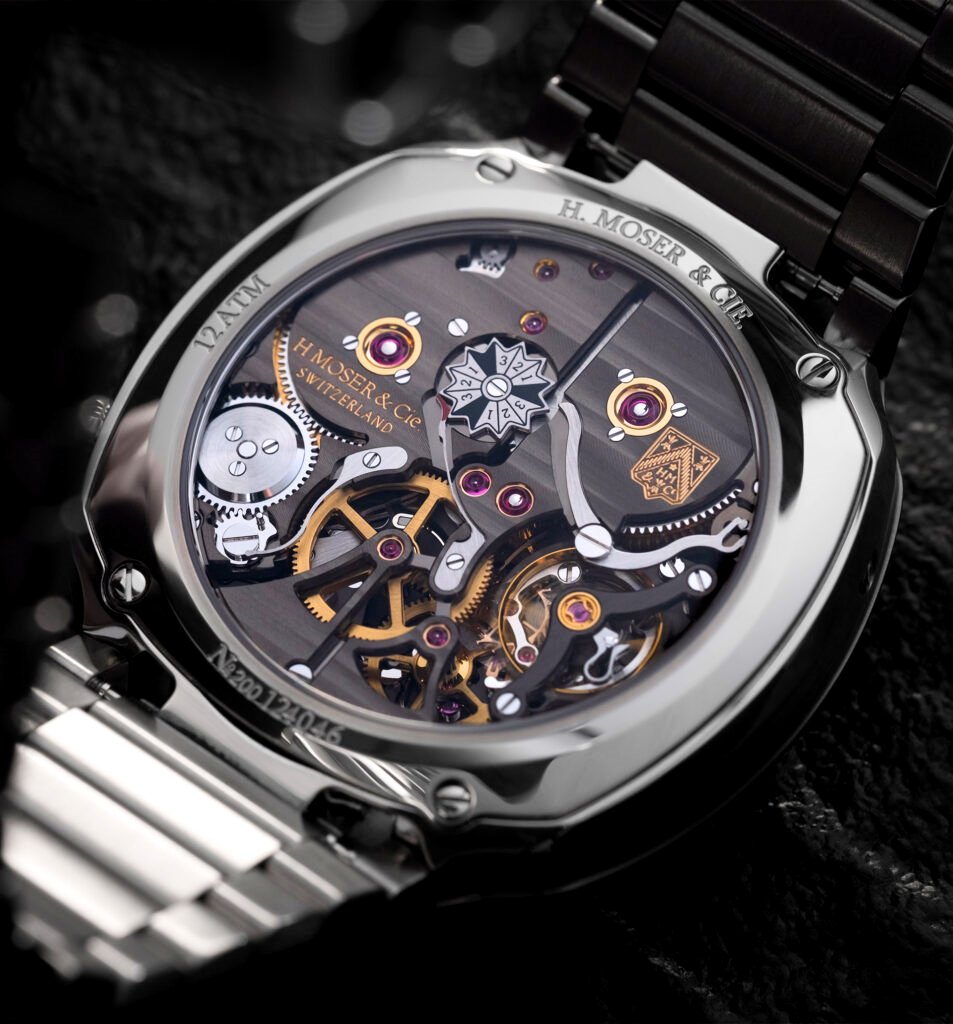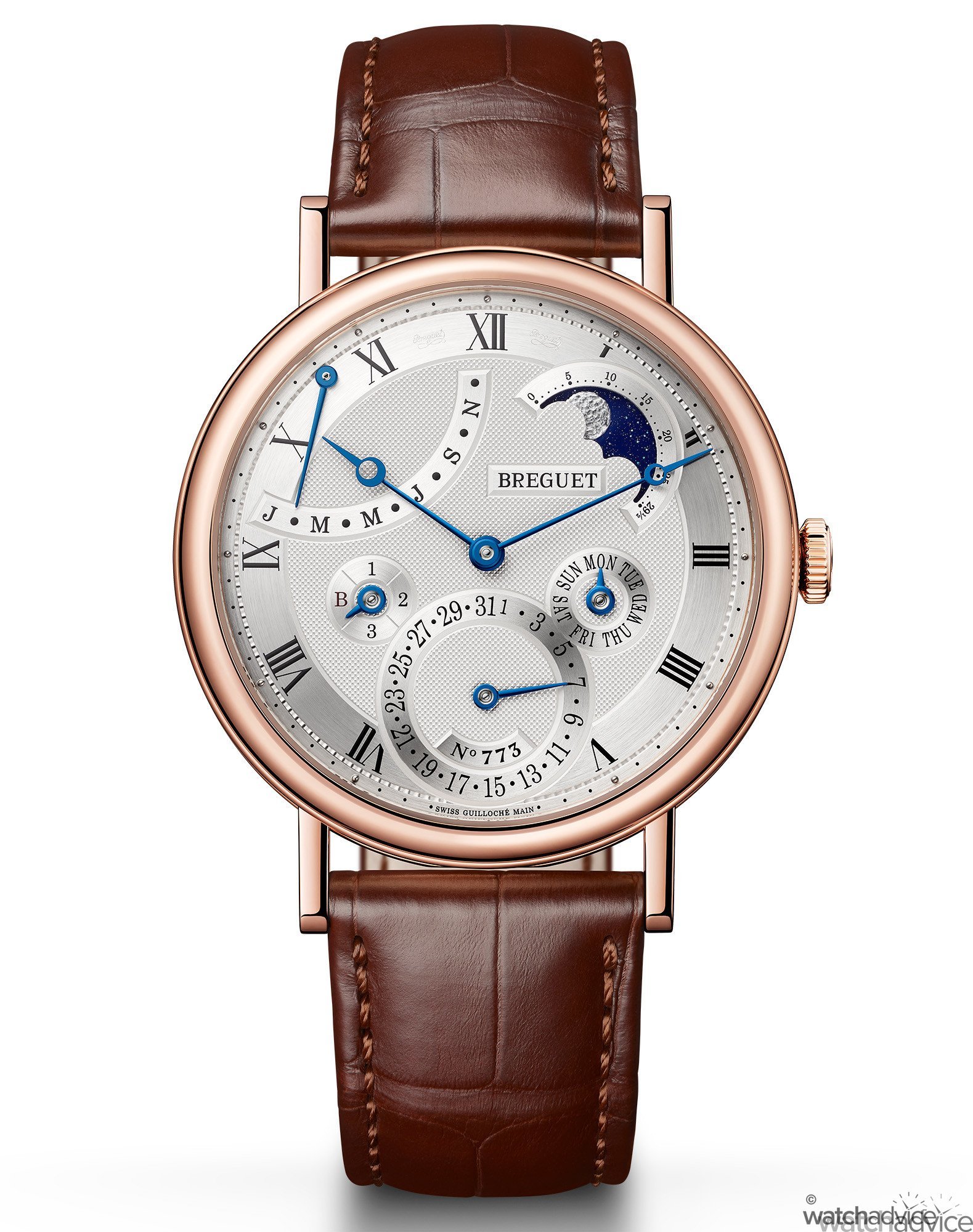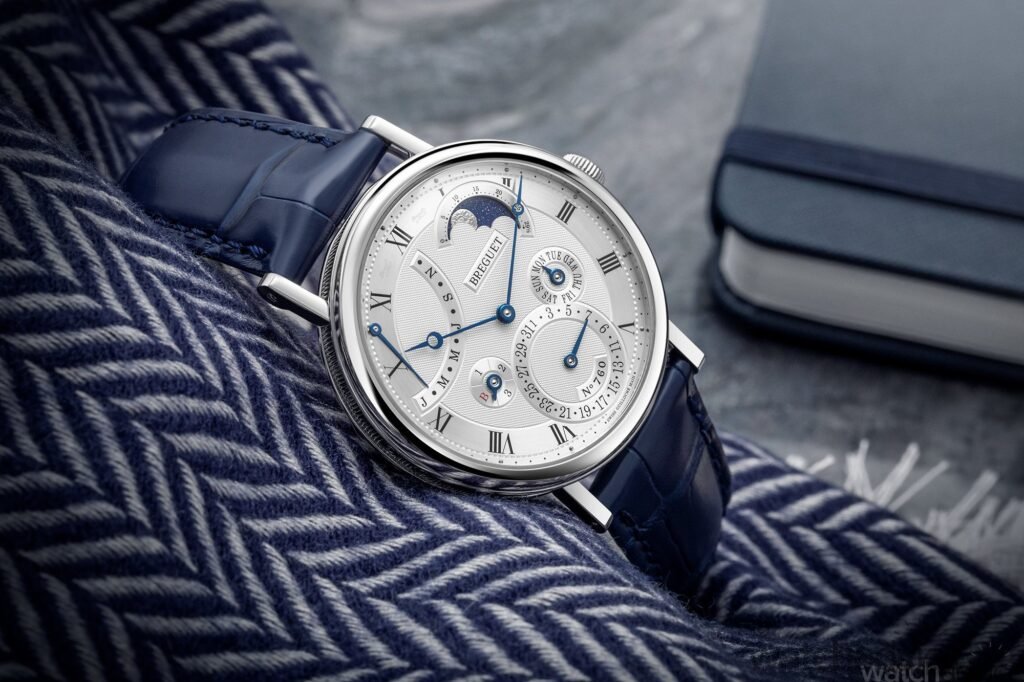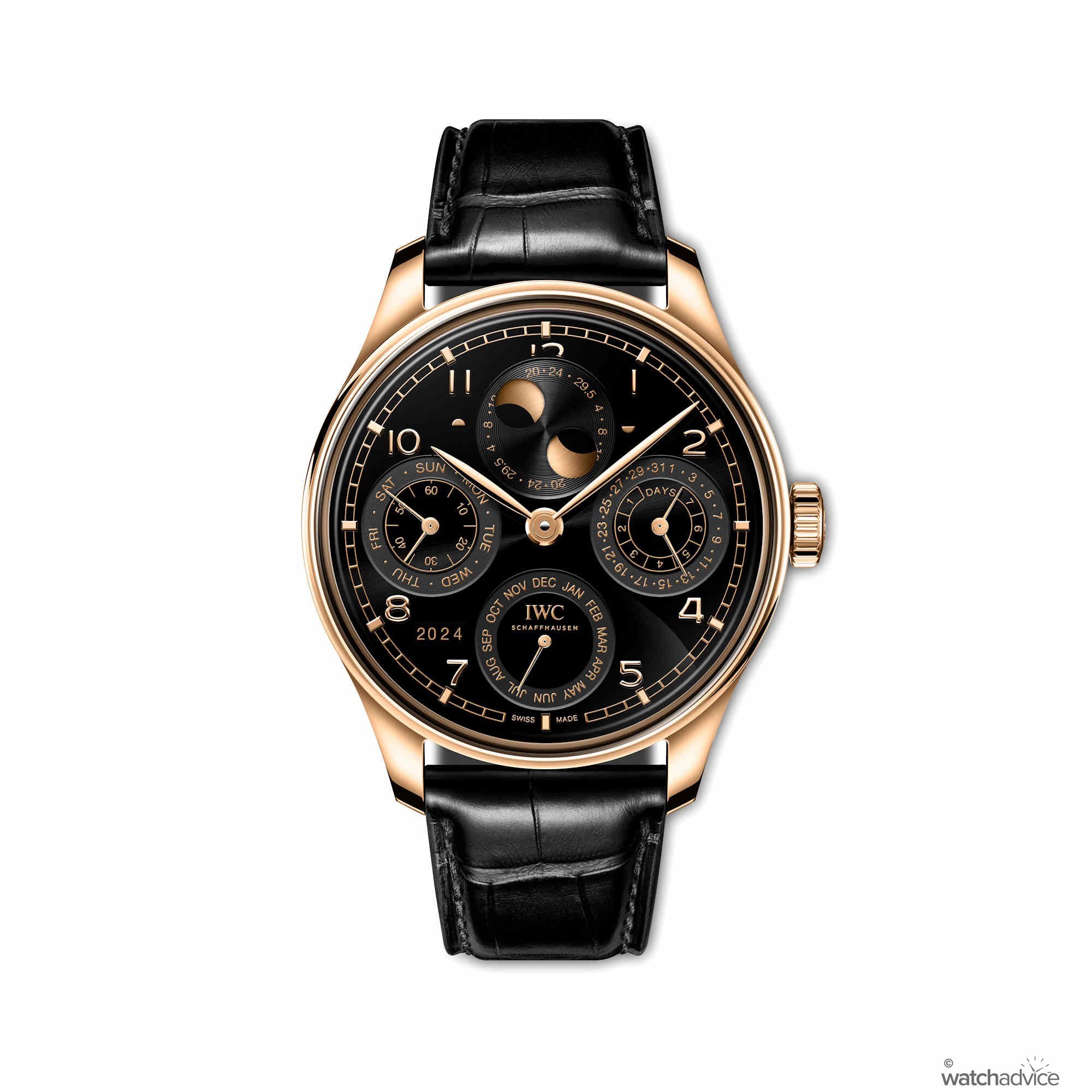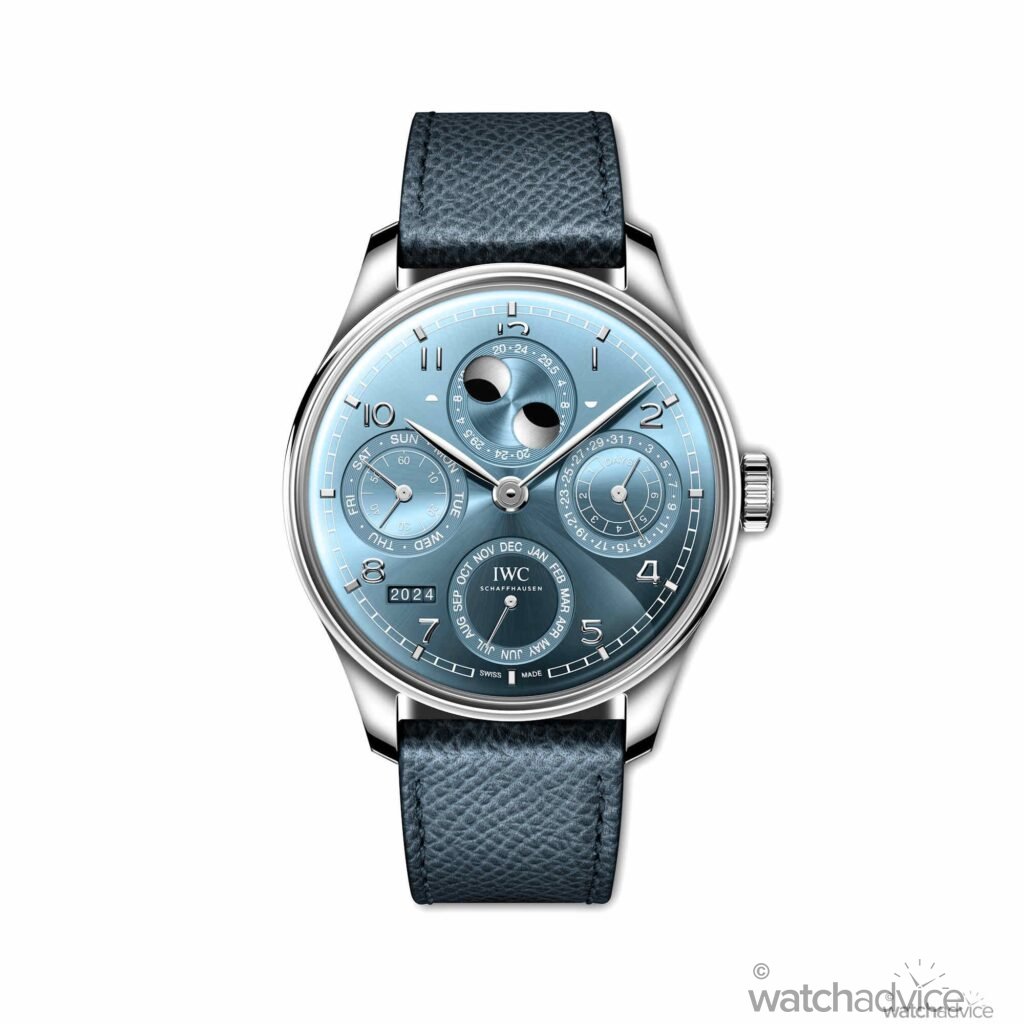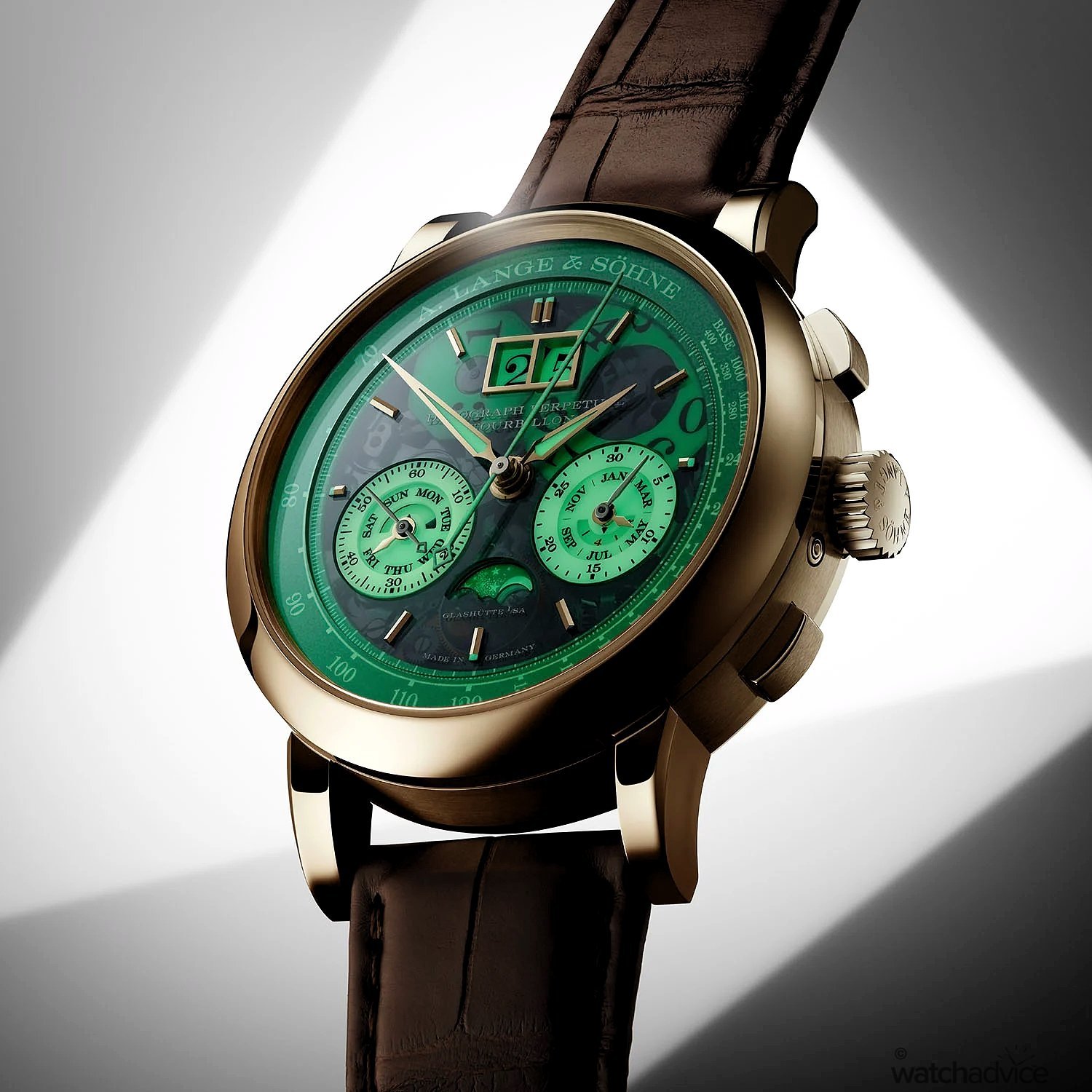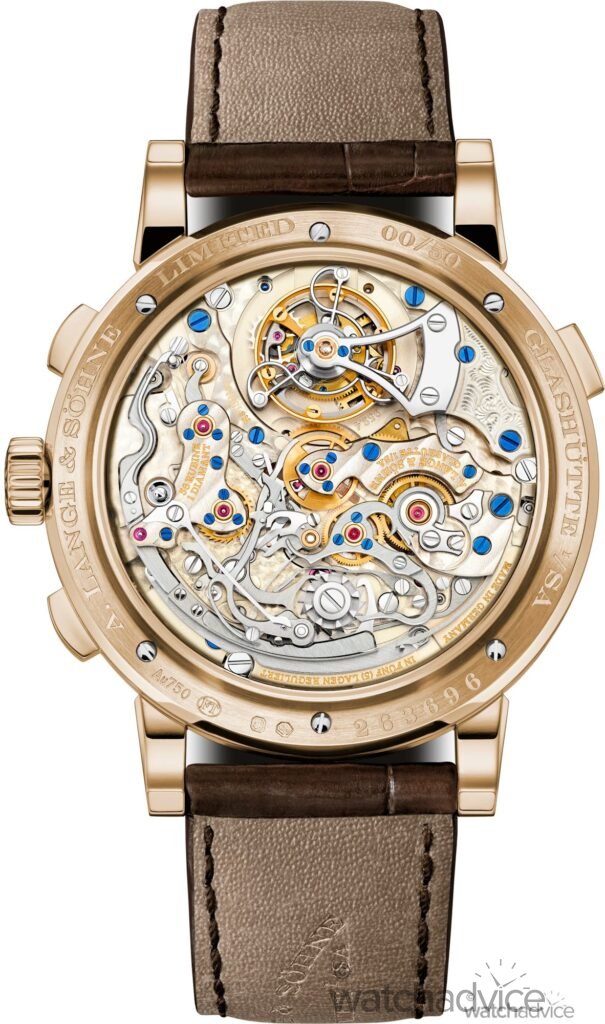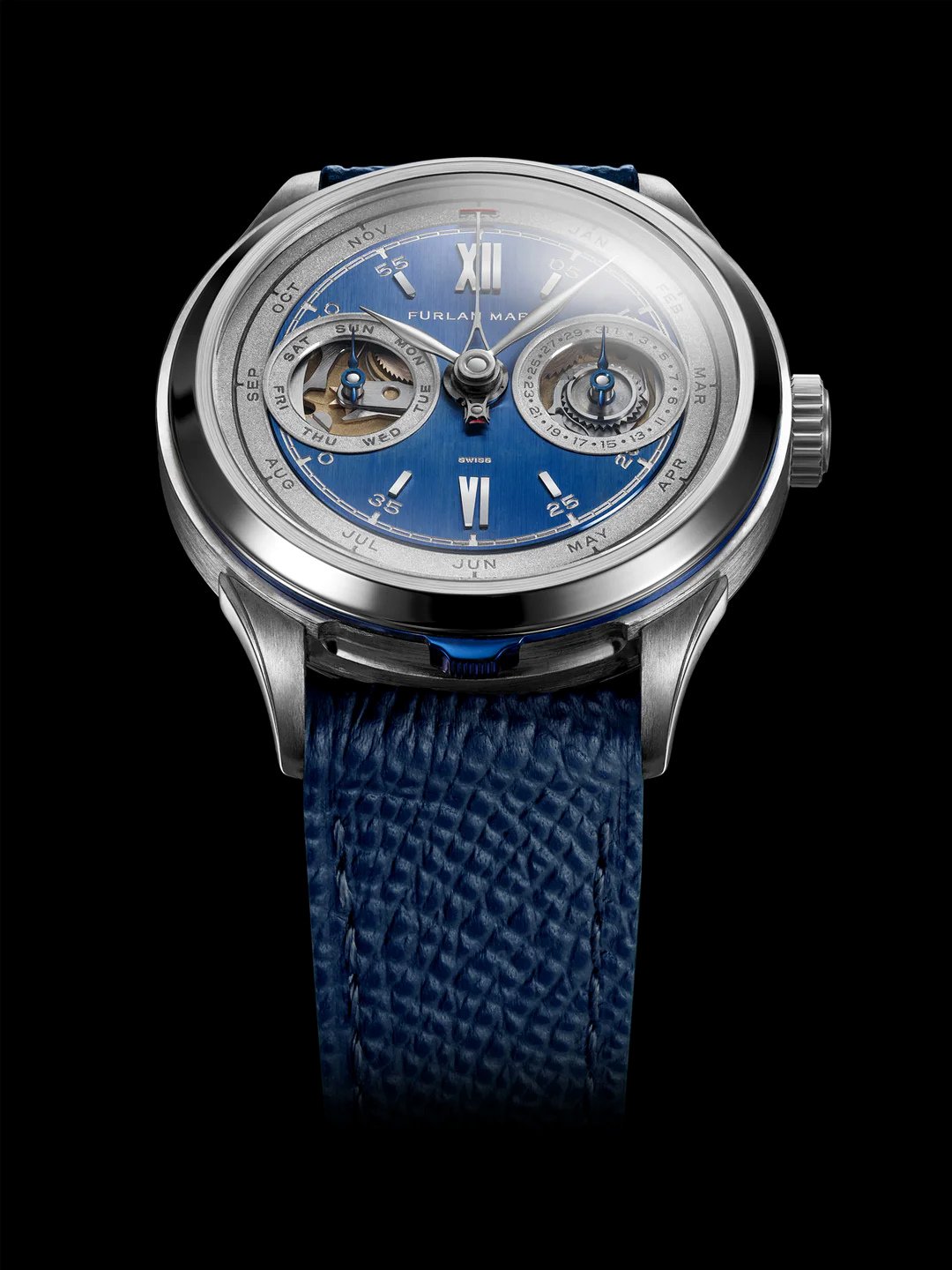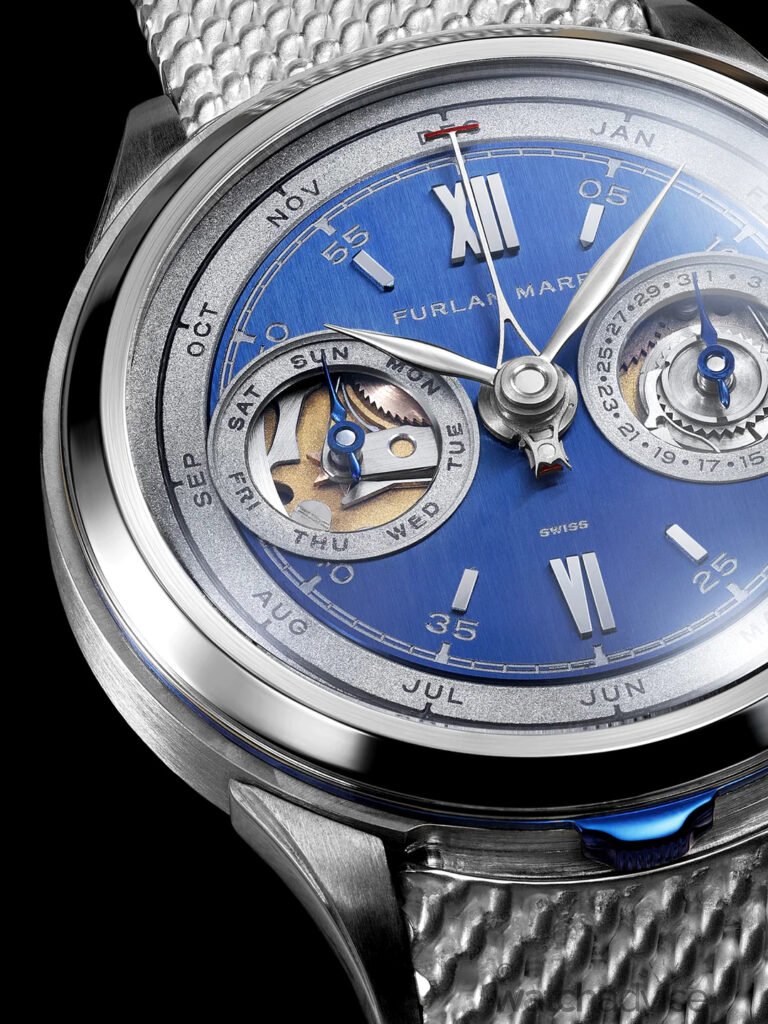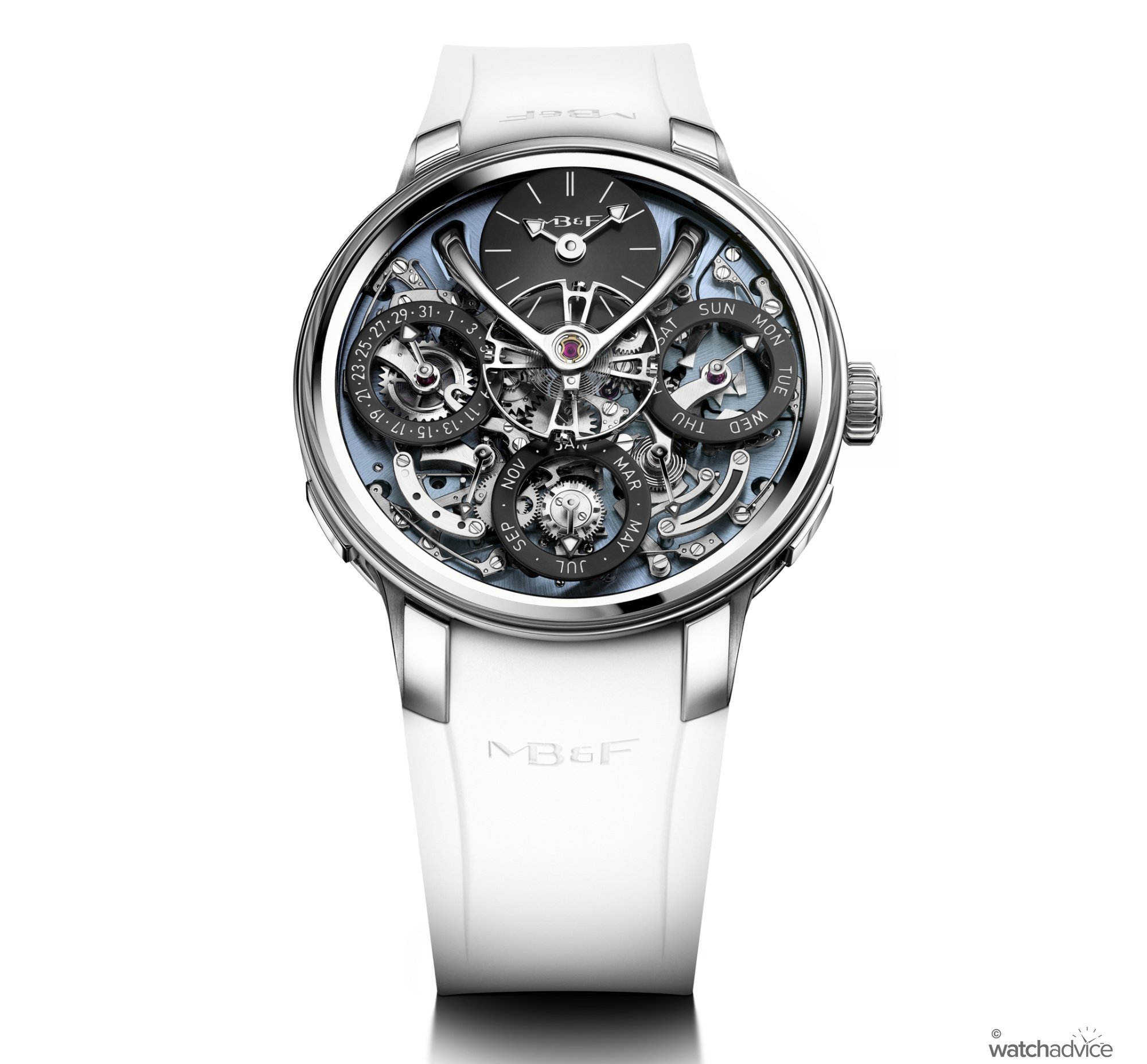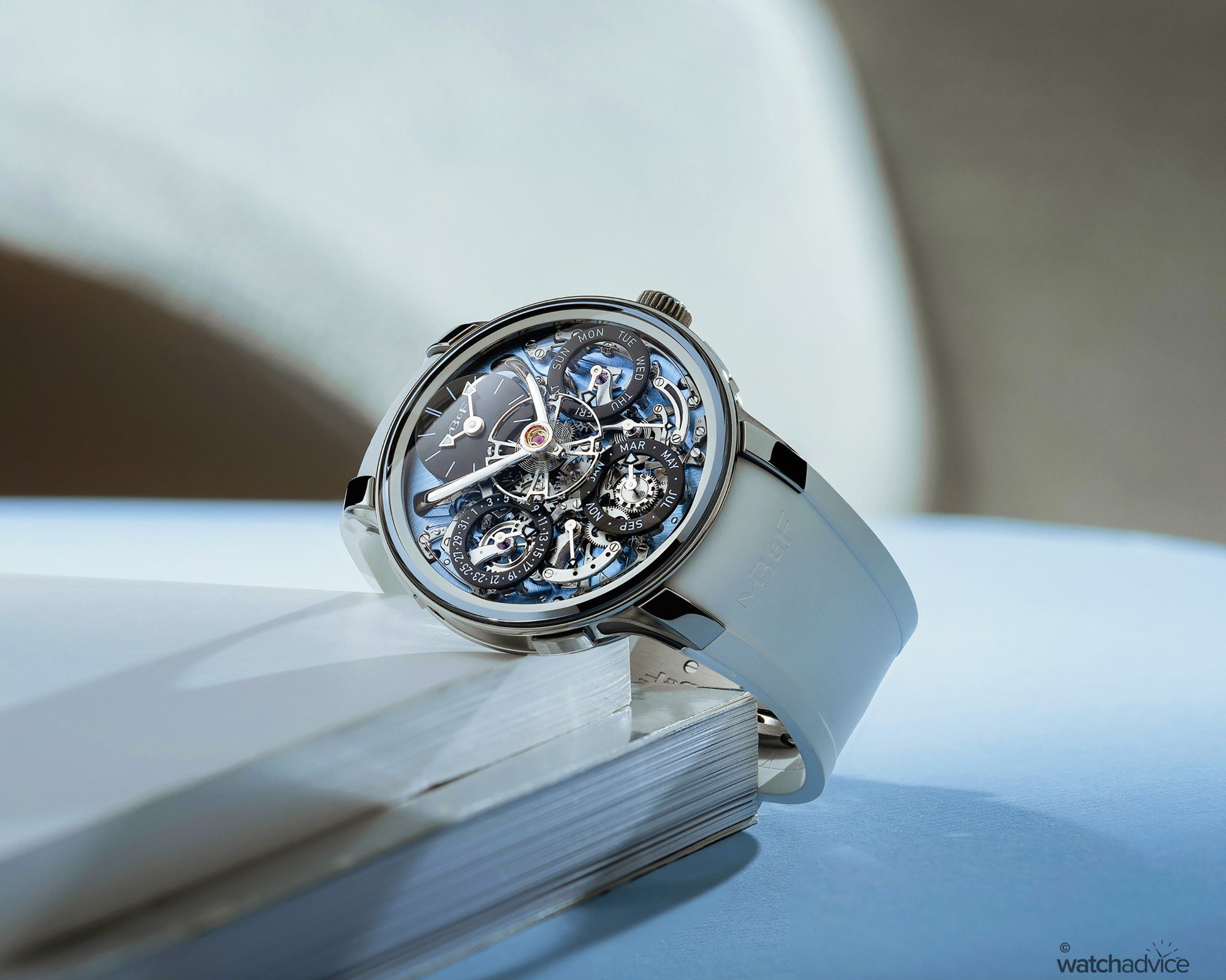In this latest education article, we look at the most sophisticated type of calendar watch, the perpetual calendar, from its origins to modern-day watch-making!
With 2024 being a leap year, it seems like the perfect time to look at one of the most coveted complications in the world of watchmaking: the perpetual calendar. Also known as quantième perpétuel, the perpetual calendar is an extraordinary feat of engineering. In the world of watchmaking, there are many different complications that display the date feature in full format, such as triple calendars, annual calendars, and perpetual calendars.
What distinguishes these complications apart is how often the movement needs to be “corrected” to show the correct display. The triple calendar, unlike the annual and perpetual calendars, does not take into account the variable lengths of months and needs to be corrected five times a year at the end of months that have less than 31 days.
The A.Lange & Sohne’s 1815 Rattrapante Perpetual Calendar
As the name suggests, the annual calendar only needs a manual adjustment once a year. This adjustment needs to be manually done on March 1st every year, as the calendar does not recognise that February only has 28 days and 29 days for leap years.
This is where the incredible engineering feat of the perpetual calendar comes in. The perpetual calendar is the most complex complication out of the three and is easily the most expensive, as it is designed to advance the day, date, and year correctly and will not need adjustments until the year 2100. Through a more complex movement, the perpetual calendar automatically takes into account the leap years, where February has an extra day so no manual adjustments are necessary.
History of the Perpetual Calendar
To understand the Perpetual Calendar, we must first examine how the calendars were constructed. The leap year plays an important role in keeping accurate synchronisation with the solar year. The solar year, in a nutshell, is the time that the sun takes to return to the same position in the sky (which is estimated to be 365 days, 5 hours, 48 minutes, and 46 seconds).
Many in the past have tried to adopt a calendar system whereby they tried to maintain the seasonal alignment with the sun’s solar calendar. However, one calendar system, the Gregorian calendar in 1582, the brainchild of Pope Gregory XIII, was able to come close to synchronisation with the solar calendar. The Gregorian calendar eliminated three leap years every 400 years. The complexity of this calendar is what’s presented on the perpetual calendar complication.
The very first perpetual calendar complication, the “watch”, to showcase the Gregorian calendar’s calculations, was created by an English watchmaker named Thomas Mudge in 1762. It was a pocket watch that featured the date, day, and month, including February’s 29th date as per the leap year.
It took almost 161 years since Thomas Mudge’s genius invention before we see a perpetual calendar complication on a wearable timepiece. The first wristwatch to feature this complication was unveiled in 1923 by Patek Philippe as reference No. 97975.
While Patek Philippe’s No.97975 navigated the issues of the perpetual calendar mechanism, it didn’t display on the dial a seperate indicator for leap year. Audmars Piguet took the reigns and was the first brand to create a perpetual calendar timepiece to have a leap year indicator on the dial. Released in 1955, the Audemars Piguet reference 5516 had all the perpetual calendar indications shown through subdials, with the leap year indicator shown in 1st, 2nd,3rd and 4th-year increments in a sundial at 12 o’clock.
The next major breakthrough in innovation for perpetual calendar complication came in 1985 when IWC Schaffhausen introduced the Da Vinci. The Da Vinci was the first perpetual calendar where all the adjustments to the date, day, and month could be made through the crown. The Da Vinci took Audemars Piguet’s reference 5516 concept of showing a complete calendar display with leap year indications, but it went an extra step in reducing the number of parts used to do so.
How does a Perpetual Calendar Work?
As mentioned previously, the perpetual calendar is one of the most sophisticated mechanisms in the world of horology. The movement housing a perpetual calendar will have a ‘mechanical memory’ of 1,461 days, or four years.
Perpetual calendars can be built differently depending on the brand and their expertise; however, most have separate mechanisms for each of the different calendar indications. These indications are all synchronised by a ‘grand lever’, which is a long lever that runs along the top of the complication and passes through the central axis of the hands. It is guiding a wheel that has different teeth depending on whether the month has 28, 30 or 31 days, or in the case of February and leap years, 29 days. Depending on the day of the month, the ‘grand lever’ will transfer information to the other movement components when a date change occurs.
If this wasn’t complicated enough as a mechanism, brands in the modern day have been able to break through boundaries thanks to their experience in creating these movements along with the latest innovative technologies. I think some of the timepieces we see in the modern world of horology we can sometimes take for granted. If you were to mention 30-40 years that a brand has paired a chronograph with a perpetual calendar complication all in one movement, you would be thought of as quite the lunatic.
But that’s what we have in modern horology. That and so much more. Outlined below are some timepieces that really showcase the essence behind the “art of complications”. While there are so many more timepieces out there that feature perpetual calendar complications, I have chosen 10 timepieces that have certainly piqued my interest.
Modern-Day Perpetual Calendar Timepieces
Patek Philippe – Grand Complications 5270P Perpetual Calendar Chronograph
Reference: 5270P
It only felt right to start the list with the brand that started the journey of perpetual calendar timepieces. Patek Philippe’s reference 5270 was released in 2011, with the timepiece being the heir to several generations of perpetual calendars from the brand. This is not just another perpetual calendar model, however, as the 5270 features a chronograph function, with subdials at 3 and 6 o’clock used for chronograph timings. The perpetual calendar is indicated through day and month apertures at 12 o’clock, and the date is indicated at the 6 o’clock subdial, which also acts as a moon-phase indicator.
Audemars Piguet – Royal Oak Offshore Grande Complication
Reference: 26582CE.OO.A002CA.01
Me favourite perpetual calendar timepiece has to be the Audemars Piguet Royal Oak Offshire Grande Complicaiton. Purely for its sleek and iconic case design, now presented in black ceramic. The case houses a skeletonised dial showing a view into Audemars Piguet’s in-house calibre 2885 movement. And what a movement it is.
The calibre 2885 movement features a minute repeater, split-seconds chronograph alongside the perpetual calendar complication. As if that wasn’t enough, the brand has gone a step further to display a week indicator as well.
Vacheron Constantin Perpetual Calendar Ultra-Thin Skeleton
Reference: 4300V/120R-B642
Released for Watches & Wonders 2022 by Vacheron Constantin, was the Perpetual Calendar Ultra-Thin Skeleton in 18k Pink Gold. The brand does have different variations of this model, including a non-skeletonised dial. The impressive feat of this timepiece is that Vacheron Constantin developed a perpetual calendar movement to be only 4.05mm thin. Considering the number of components that go into a perpetual calendar movement, this is an incredibly impressive engineering feat. We covered the initial release of this timepiece, which you can read here!
Vacheron Constantin Twin Beat Perpetual Calendar
Reference: N/A
Another perpetual calendar mode in Vacheron Constantin’s line-up is the Twin Beat Perpetual Calendar. This timepiece has an almost unheard-of secondary feature to the perpetual calendar. The ingenious design of the in-house developed calibre 3610 QP movement is patent-pending. This movement has a lossless timekeeping transition between high-frequency Active mode (5Hz) and low-frequency Standby mode (1.2Hz). This standby mode ‘unlocks’ an enormous extension on the power reserve, allowing the watch to be powered for up to 65 days!
H.Moser & Cie – Streamliner Perpetual Calendar
Reference: 6812-1200
H.Moser & Cie’s interpretation of the perpetual calendar is certainly unique. We know that minimalistic design is engraved in the brand’s DNA, and it doesn’t get any simpler than this for a perpetual calendar. The Streamliner Perpetual Calendar with a Fumé dial boasts one of the most ingenious and intuitive complications. The HMC 812 in-house movement in this model is award-winning, with the perpetual calendar using a small hand in the centre and the 12 indices to represent the month. As another impressive feature, the date and month can be set forwards or backwards at any time, without risk to the movement.
Breguet – Classique Quantieme Perpetual 7327
Reference: 7327BR/11/9VU
Released in 2023, the Breguet Classique Quantieme Perpetual 7327 is very aesthetically pleasing. It features classic styling with signature Breguet hands and an easy-to-read dial. The previous variation of this model featured more sub-dial which made the dial seem overcrowded and busy. However, for this latest masterpiece, the brand looked to minimise the dial elements, without compromising on the perpetual calendar. To get a more in-depth view into the Classique Quantieme Perpetual 7327, read our article here!
IWC – Portugieser Perpetual Calendar 44
Reference: IW503702 (Obsidian black), IW503703 (Horizon blue)
Released as part of this year’s Watches & Wonders for IWC Schaffhausen, the brand’s existing perpetual calendar timepieces got a shake-up with some beautiful new colours. The brand presented their Portugieser Perpetual Calendar 44 in either white, horizon blue, dune (sand) or obsidian black lacquer dials. All of the signature Portugieser Perpetual Calendar elements have been retained, including the date, day, month and double moon display. The timepiece also boasts an impressive 7-day power reserve, which is shown on the same subdial as the date indicator. If you want to read more about IWC”s latest perpetual calendar release, click here!
A.Lange & Sohne – Datograph Perpetual Tourbillon Honeygold “Lumen”
Reference: 740.055FE
One of the hottest releases during this year’s Watches & Wonders was the A.Lange & Sohne Datograph Perpetual Tourbillon Honeygold “Lumen” . The Datograph Perpetual Honeygold “Lumen” is packed with new features from the brand, including a Datograph (a type of flyback chronograph), the perpetual calendar and also a tourbillon (which can be seen through the case back). If that wasn’t enough, the dial looks to have lume on every facet of the timepiece. If you would like to read more about the Datograph Perpetual Honeygold “Lumen”, click here!
Furlan Marri – Secular Perpetual Calendar (Onlywatch 10th edition)
Reference: N/A
A passion project that turned into a one-release for “Only Watch 2023”. The motto of Only Watch is to “create beauty to do good”. It’s safe to say that Furlan Marri has certainly created something special with this one-off timepiece. Created alongside Dominique Renaud (Co-founder Renaud & Papi) and Julien Tixier (prototype watchmaker), this timepiece has been entirely created by hand, and has been patented. Furlan Marri’s most complex watch to date, the Secualr Perpetual Calendar features date, day of the week, month and leap year indicators. All of this is shown from a movement that only has 25 parts for the complete perpetual calendar module. Let that sink in for a bit!
MB&F – Legacy Machine Perpetual EVO
Reference: LM PERPETUAL EVO BLUE TI
Arguably, one of the most complex-looking timepieces on this list is MB&F’s answer to perpetual calendars. Who are we kidding, it’s MB&F. A brand born to take the normal into the extraordinary. The LM Perpetual EVO was first released in 2020, and it was a mind-bending display of Haute Horology. Bringing art and mechanical complications together, the LM Perpetual EVO displays the date, day, month, leap year, and power reserve along with the time-only sub-dial. And then on top of all of this sits MB&F’s iconic balance wheel design. Rewind back 20 years or so, and who would’ve thought we would see timepieces like this? If you would like to read more on MB&F’s LM Perpetual EVO, click here!


